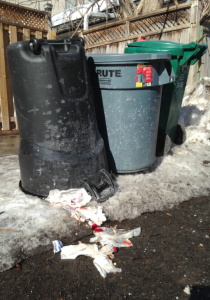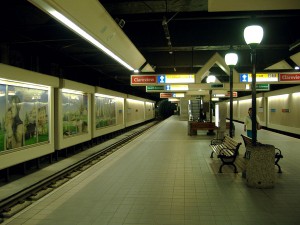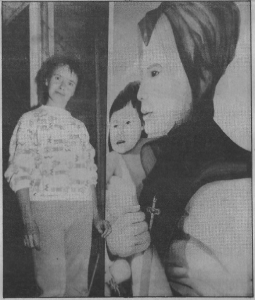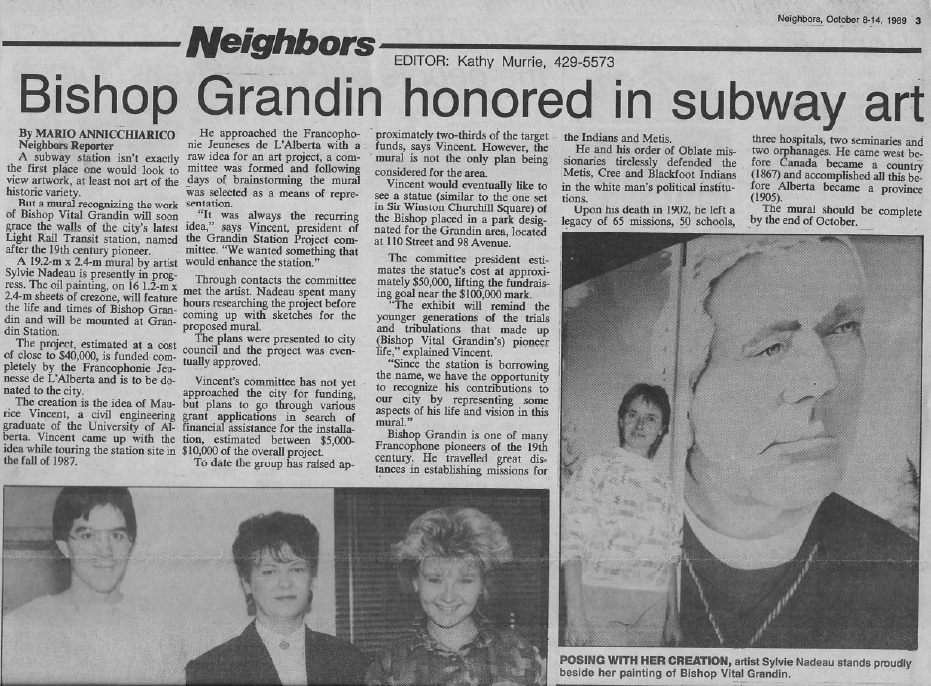Quebec City lost $170,000 in its business venture with a short-lived video game school, according to documents released under the Access to Information Act.
In the fall of 2012, after only four years of existence, the National Institute of Digital Entertainment shut down because of “economic conditions and a lower market demand for labour in the video game industry,” according to briefing notes obtained under the Act.
Part of the city’s funding was meant for the school to develop a sustainable business model. Most of that money was spent, but no financial roadmap had been created to sustain the program.

“The self-financing strategy was certainly an issue due to the context where such a school was no longer required,” said Quebec City Mayor Régis Labeaume, who firmly supported the initiative.
“The ENDI was not planned as a short-term solution but the context made it so,” Labeaume added.
Known in French as l’École nationale en divertissement interactif—or ENDI—the Institute received municipal and provincial funding to train 500 students within five years. Only 250 interns completed the program before it closed prematurely.
In 2008, the school was born in response to the lack of skilled video game designers in the province. Five Quebec City-based video game companies—Beenox, Frima Studio, Humagade, Sarbakan and Ubisoft—had come together to flesh out the concept.
The school was meant to provide students with a 12-week practical internship in a realistic studio setting after their formal education. With mentors from the five founding partners, the training was tailored to the needs of the province’s booming industry.

“The ENDI was a great concept, very useful for the local industry and renowned for the quality of its students, but the financial model was its greatest challenge,” said Mathieu Tremblay, who became director of the school during its last year.
The type of employees sought after by Quebec City’s video game studios changed, he explained. The employers affiliated with the school were looking to hire junior-level designers in the mid-to-late 2000s.
“The demand had evolved however,” Tremblay said. “Now, these studios have attained a certain maturity level and mainly need senior staff, which is not what we provided.”
Université Laval business professor Yan Cimon said that, as in any technology-related venture, long-term forecasting is challenging at best because of the fast-changing environment.
“In a nutshell, the city and its partners may have made all the right moves, but the market decided otherwise,” Cimon said.
The city spent nearly $1 million over two “phases” to support the school. In June 2008, the city first approved a $775,000 subsidy over three years to help kickstart the Institute, after which another $242,540 was granted for the self-financing strategy.
Records obtained under the Act say the city was able to recover $74,704 from the second contribution, which limits the loss to $167,836.
Some former students expressed concern over the way the school handled its money. Caroline Pellerin said not charging tuition to the first group of students enrolled was probably not a good idea for the financially struggling institution.
Also, despite its close ties with industry leaders, one of its major selling points, the Institute did not help Pellerin and many of her classmates become employed.
“It was a good experience but ENDI didn’t really help me get a job,” she said. “The partner companies only hired about half of the cohort.”
Pellerin opted to get a bachelor’s degree in animation, after which she was able to find work. Her classmate David Therrien, however, interned at Ubisoft after the program and now works there as a 3D artist. He says the training gave him an “edge” over applicants who did not go through the school.
But after looking at financial information from the city’s briefing notes and his class’s placement rate, Therrien said he thinks it might not be worth it “for that kind of money.”
Access to Information requests and documents obtained under the Act









